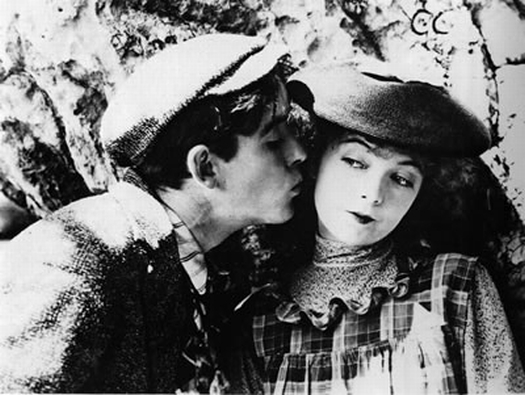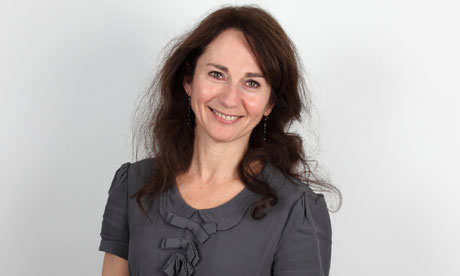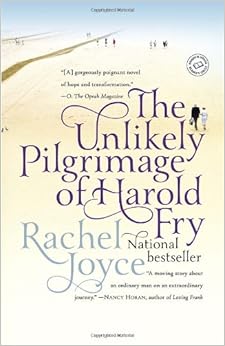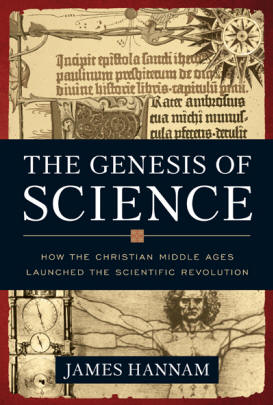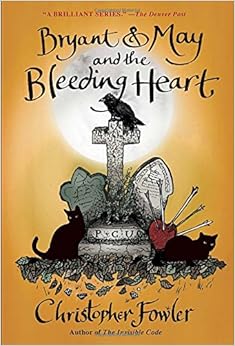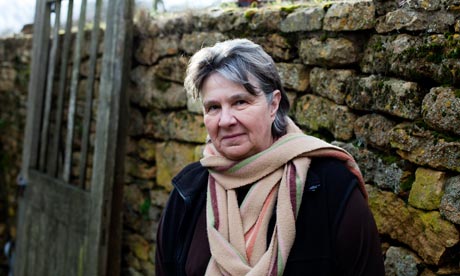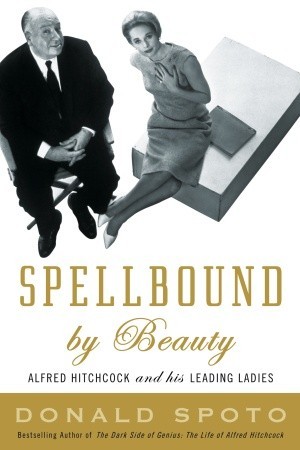Leslie Jamison, The Empathy Exams
Many years ago I led a series of discussions based on a Dorothy L. Sayers essay about the Seven Deadly Virtues, which she identified as respectability, childishness, mental timidity, dullness, sentimentality, censoriousness and depression of spirits. To Sayers, these were all traits that sometimes pass for virtues but which can easily become vices.
During the discussion on sentimentality, I recall a woman questioning what could possibly be wrong with it. She liked sentimentality, she said. Indeed, we all do to some extent. We like stories with happy endings. We like parades, weddings, patriotic hymns, happy children at play, almost anything that brings good tears to our eyes. So what's wrong with that?
Leslie Jamison wrestles with this very question in her essay "In Defense of Saccharin(e)" in the book The Empathy Exams. "If sentimentality is the word people use to insult emotion -- in its simplified, degraded, and indulgent forms -- then 'saccharine" is the word they use to insult sentimentality," she writes. Jamison admits to having, in her kitchen, a container full of empty artificial sweetener packages hidden from visitors. In the same way she hides her sweet tooth, she hides her taste for sentimentality.
Movies with happy endings usually don't get nominated for Oscars. Novels with happy endings usually don't win National Book Awards. Sweetness is discouraged among true artists. But why?
One answer Jamison hits on is the one quoted above, that tears become trophies. We can view them as evidence of what excellent people we are. We can fire workers during the day, ignore homeless people, cut off other drivers, yell at our children, but if a kiss between two actors at the end of a movie can bring tears to our eyes, we must really be OK.
But then she says, "We reject sentimentality to sharpen a sense of ourselves as True Feelers, arbiters of complication and actual emotion." In other words, rejecting sentimentality can be as much a trophy as sentimentality itself. Anything that makes us feel superior to others can be a vice, however much it may feel like a virtue.
As with sugar or artificial sweeteners, moderation in sentimentality is the key. As Mary Poppins would say, it helps the medicine go down.
